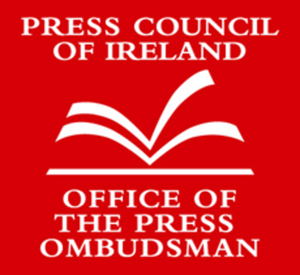After several millennia of waiting—give or take a few centuries of myth-making, hair-washing, and river-drowning—the city of Galway has decided, at long last, to honour a woman in bronze. Yes, Galvia, the mythical princess presumed to be the namesake of the city, is getting a statue. And not just any statue: one that may, planning permission and divine intervention permitting, actually be installed in a public place before the next ice age.
How fitting, then, that she’s a myth. Because frankly, so is most of our infrastructure. A mythical princess to stand among the mythical ring roads, mythical light rail, and the elusive mythical cycle lanes that only appear on PowerPoint slides at council meetings.
Galvia’s statue is destined—someday, somehow—to adorn the Droichead an Dóchas (that’s the Bridge of Hope, for the tourists reading ), right beside the Cathedral. It will (roundabouts and traffic lights aside )be the first major addition to Galway’s public infrastructure since the Quincentenary Bridge was unveiled upstream a mere 40 years ago. That’s right: in Galway, we do bridges the way other cities do Olympic Games—once every generation, and often over budget.
There is poetic symmetry in placing Galvia on this new bridge. Folklore has it that she drowned while washing her hair on a rock in the Corrib, just downstream. That very rock, in classic Galway fashion, was later obliterated during the construction of the weir. One can only hope this new statue survives longer than her shampoo day did. The ultimate wash and go.
Of course, public art in Ireland comes with its own dangers. Let us spare a thought for poor Molly Malone, groped by generations of hen parties and rugby lads until she needed bronze reconstructive surgery. Let us hope Galvia avoids a similar fate. Perhaps a respectful plinth and a strategically placed flower bed might protect her dignity—or at least her décolletage.
But Galvia’s resurrection should mean more than just a photo-op and a press release. Her emergence from legend (and planning meetings ) should serve as inspiration. Galway has long been plagued by that most Irish of ailments: terminal hesitation. Projects stall. Initiatives linger. “Sure we couldn’t be doing that,” is practically a motto carved in stone—next to “Ní neart go cur le chéile” and “Out of Order.”
Let Galvia be our muse. She didn’t ask to be drowned, memorialised, or caught up in municipal bureaucracy. But here she is—head high, hair presumably dry, looking out over a city badly in need of action. Not just statues and speeches, but spades in the ground and ideas in motion.
May her bronze gaze shame the dawdlers, embolden the doers, and terrify the consultants. Let her remind us that Galway is not just a place to reminisce about what might have been built, but to build it.
She washed her hair and died. The least we can do is rinse off the inertia.

